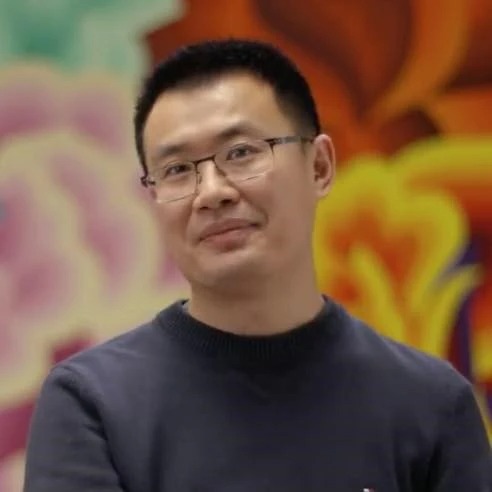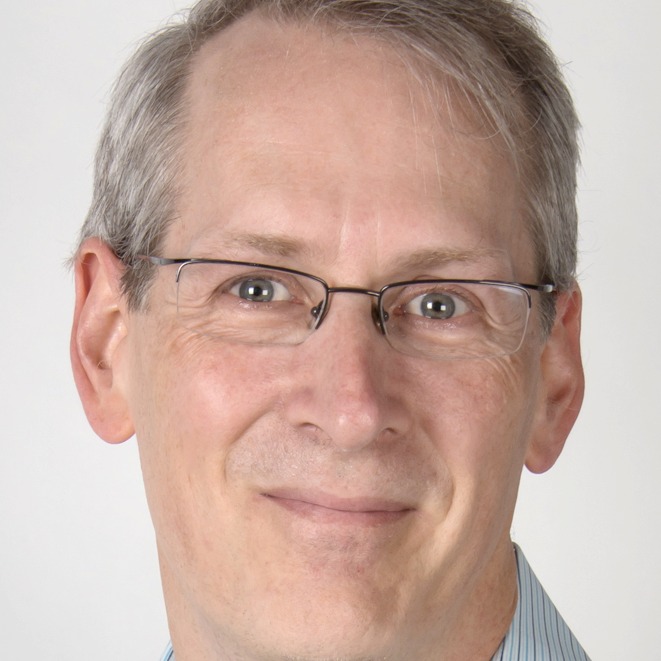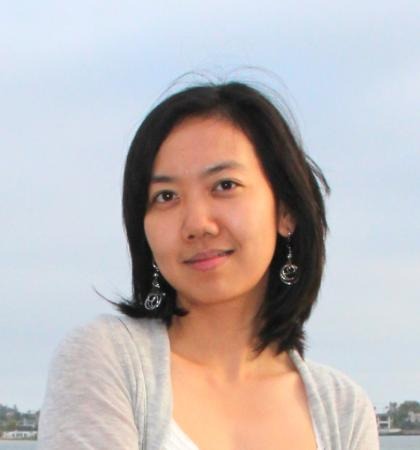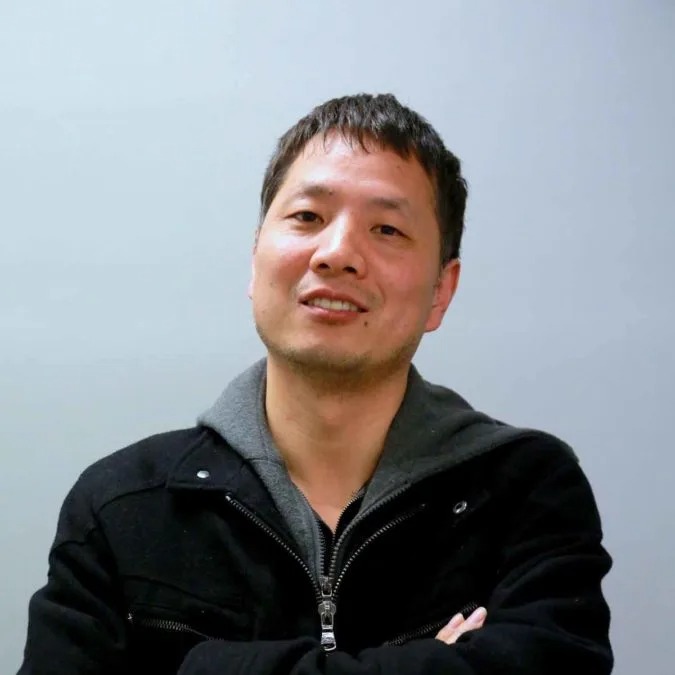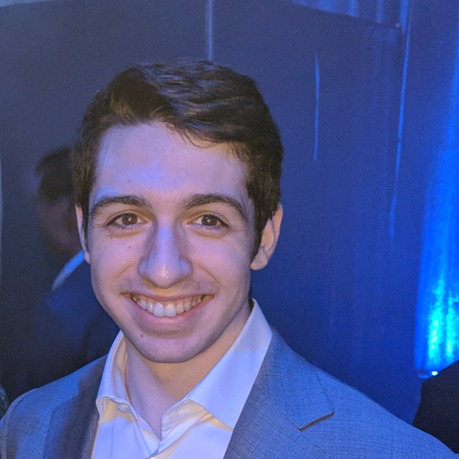EVENT AGENDA
Event times below are displayed in PT.

Performance @Scale is an invite-only conference for engineers working on the technical and organizational challenges of high-performance applications and services.
For this all-day event, we’re assembling a series of performance experts from around the industry to talk about the biggest performance challenges they’ve faced. Speakers will be covering a wide range of performance topics—stay tuned to this page for updates on speakers and talks.
If you have ever wanted to learn best practices from the pros on how to detect performance anomalies, scale your web service, or speedup your mobile apps, then Performance @Scale is the place to be on Tuesday, March 13!
Performance @Scale will be held on Facebook’s campus in Menlo Park, California. Talks begin at 10AM.
Event times below are displayed in PT.
Bill is a Vice President at Facebook, in the Infrastructure group, overseeing AI/Applied Machine Learning infrastructure, performance and capacity engineering, and hardware validation engineering. Since joining Facebook in 2009, Bill has been responsible for defining overall Facebook software product performance strategy, and optimizing and planning infrastructure for Facebook.

Execution Graphs are a data correlation and visualization model used within Azure to understand the performance and reliability of Azure VM deployment operations. Within Azure, multiple services are responsible for various aspects of VM creation and startup. We have built a system that understands the various contracts between services and builds complete traces for each VM operation, including timing information. The analytics and UI on top of these graphs enable us to easily debug failures and measure timing of sub-operations at scale.

Understanding the performance of an app out in the world is a challenge for teams, tools, and individual developers. This talk will share our experience at Facebook - stories of what's worked, what hasn't and how we are thinking about performance today.

LinkedIn has internally developed a generic anomaly detection platform for time series metrics called ThirdEye. In this talk, we describe our experience on-boarding client performance data (RUM) for LinkedIn pages and apps onto ThirdEye. We also discuss our previous generation anomaly detection system built specifically for performance use-case and lessons learned from it. We give an overview of ThirdEye, focusing on how to build a low-cost, end-to-end system that can leverage any algorithm, and explain lessons learned and best practices that will be useful to any engineering or operations team. One key insight for audience will be how and why a perfect anomaly detection system cannot exist.


This talk will discuss how the iOS Virtual Memory system affects the startup time of applications and how that loader interacts with the Objective C programming model to create some unexpected problems as well as opportunities for improvement.

Effortless travel anywhere in the world, experiencing your app performance exactly as your users do - in this talk, I will show you how to build a Magic Modem that simulates the connectivity of any ISP as early as dev and design time.

Alibaba’s 11.11 Global Shopping Festival, hosted annually on November 11, is the world’s largest 24-hour online shopping event. On this day, we process trillions of events in realtime to give the best experience to users of our e-commerce platform. In this talk, we will dive into the scale and performance challenges we faced creating a real time infrastructure. These challenges include bottlenecks in the network layer, scheduling, and distributed file system. We will also talk about the tools that we used to identify and analyze these problems.

Despite the rapid growth of mobile apps, Facebook on the web remains an important interface for our users. Efficient static resources delivery mechanisms are an essential part of the web platform. Learn how we manage static resources at Facebook's scale to enable engineers to move fast, write less code, run experiments and support new paradigms while providing the best possible user experience. We will talk about the challenges we faced, the techniques we used and the lessons we learned.

